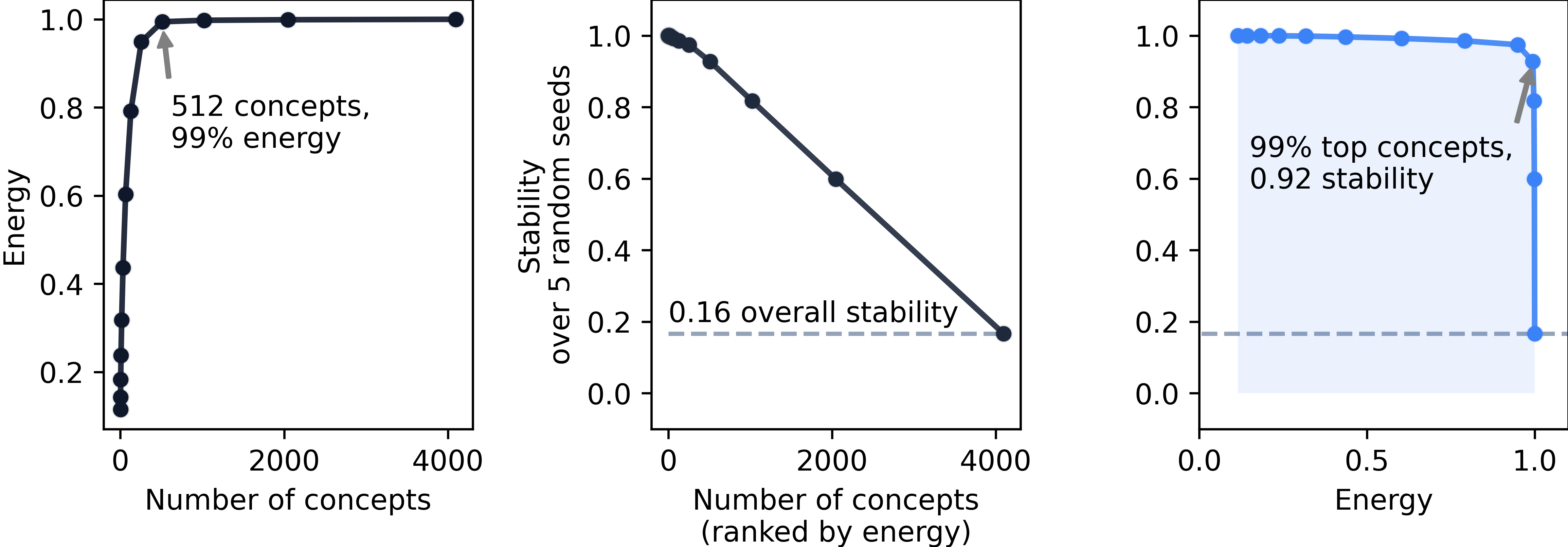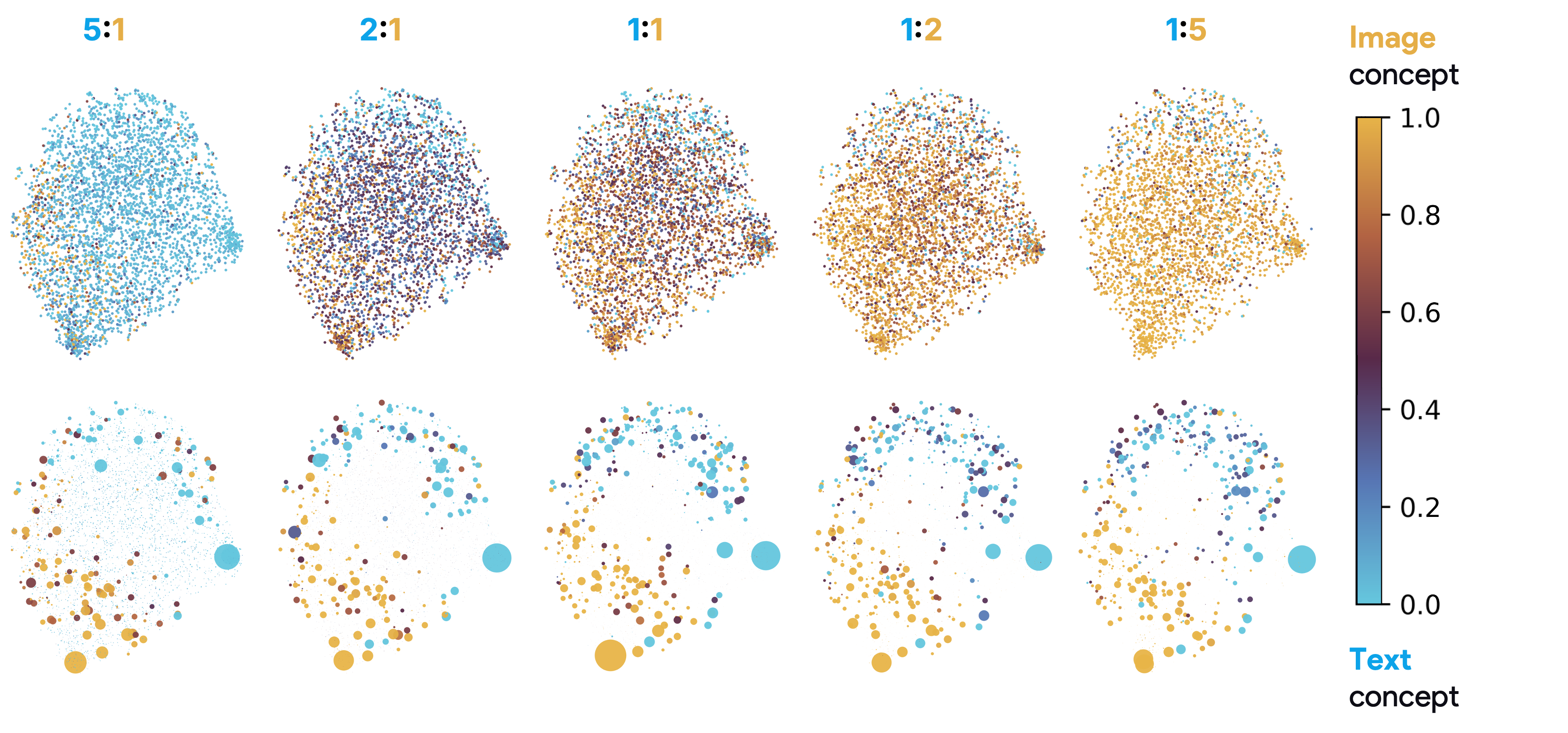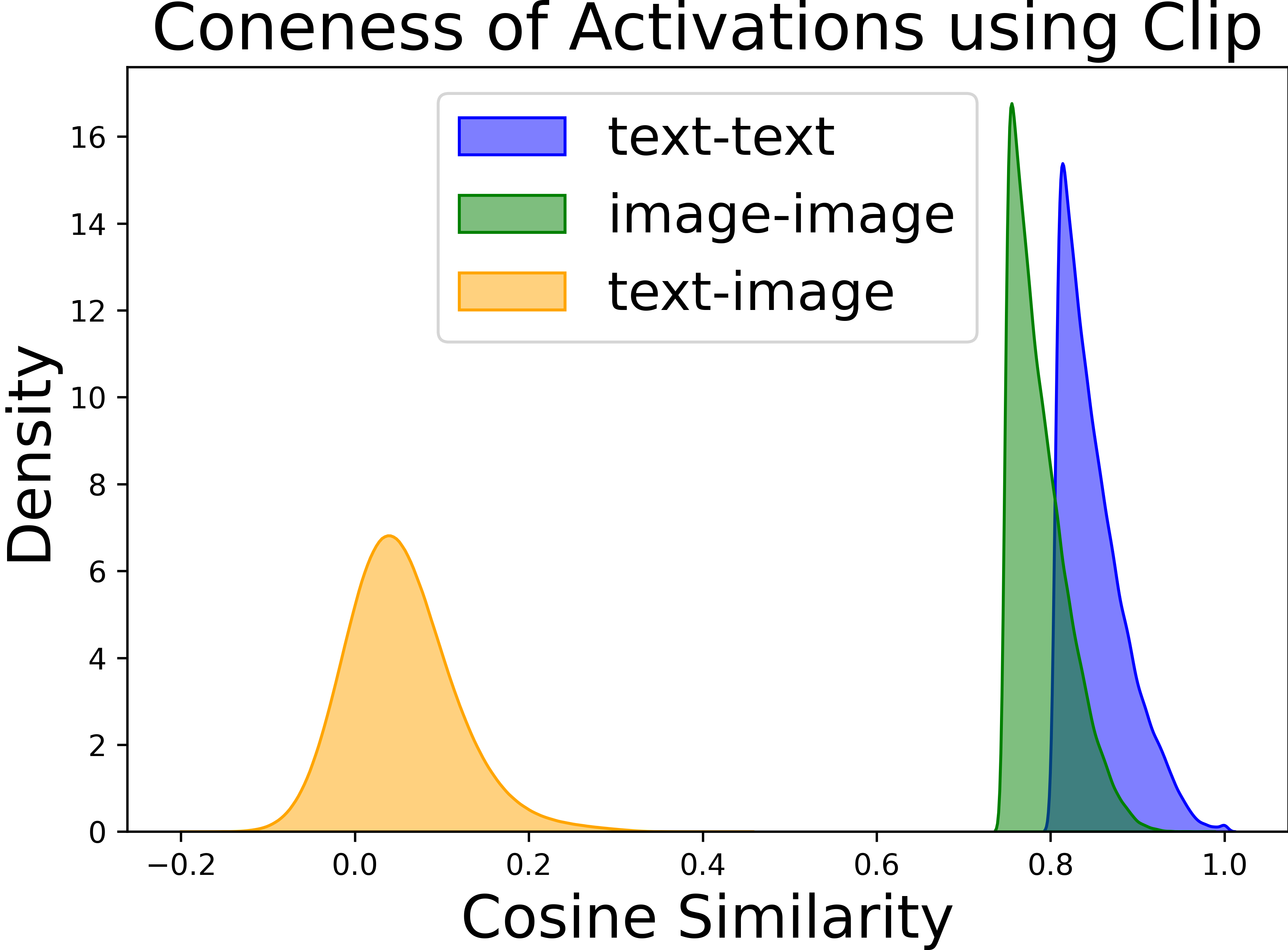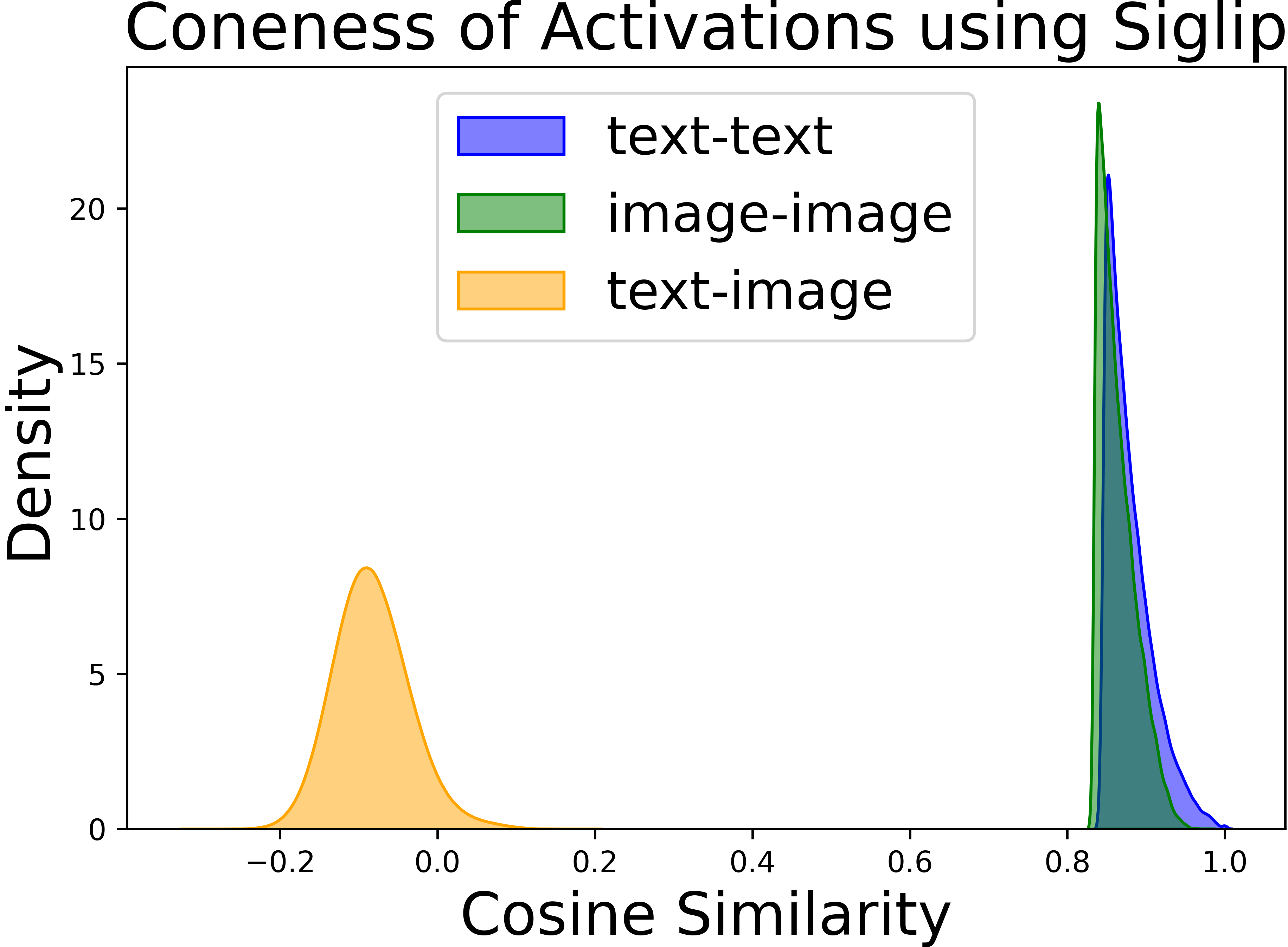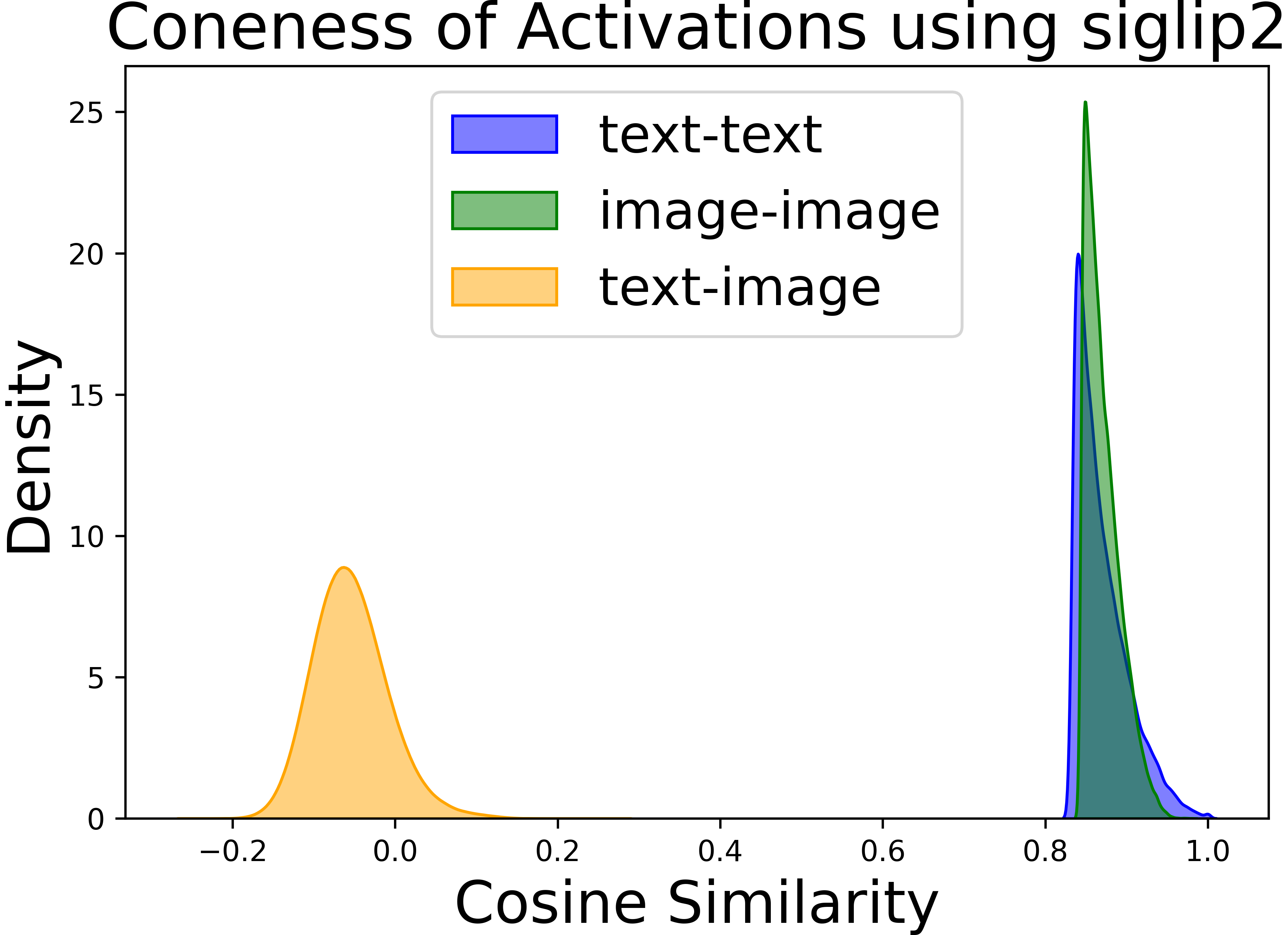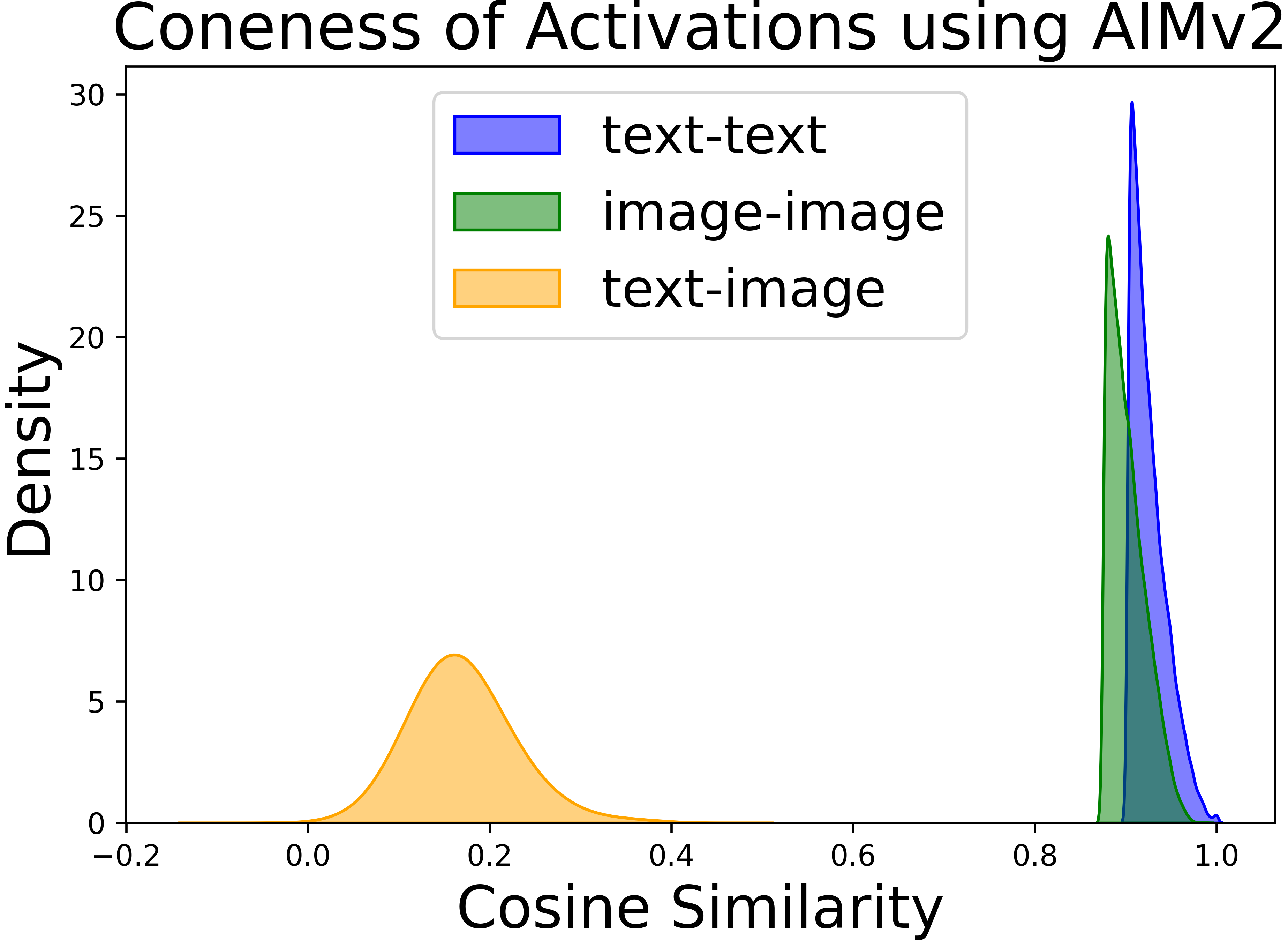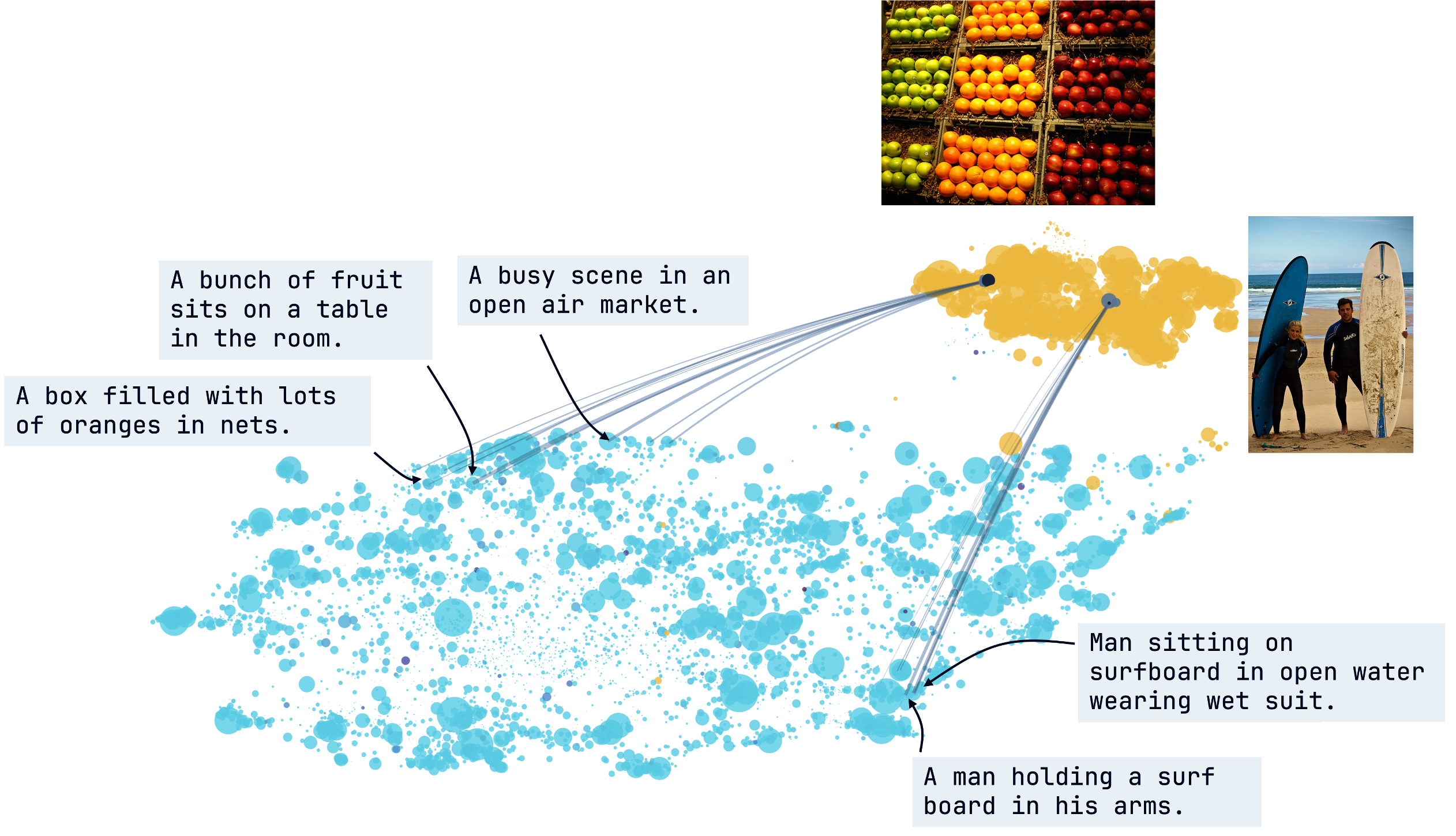Interpreting the linear structure of vision-language model embedding spaces (2504.11695v4)
Abstract: Vision-LLMs encode images and text in a joint space, minimizing the distance between corresponding image and text pairs. How are language and images organized in this joint space, and how do the models encode meaning and modality? To investigate this, we train and release sparse autoencoders (SAEs) on the embedding spaces of four vision-LLMs (CLIP, SigLIP, SigLIP2, and AIMv2). SAEs approximate model embeddings as sparse linear combinations of learned directions, or "concepts". We find that, compared to other methods of linear feature learning, SAEs are better at reconstructing the real embeddings, while also able to retain the most sparsity. Retraining SAEs with different seeds or different data diet leads to two findings: the rare, specific concepts captured by the SAEs are liable to change drastically, but we also show that commonly-activating concepts are remarkably stable across runs. Interestingly, while most concepts activate primarily for one modality, we find they are not merely encoding modality per se. Many are almost orthogonal to the subspace that defines modality, and the concept directions do not function as good modality classifiers, suggesting that they encode cross-modal semantics. To quantify this bridging behavior, we introduce the Bridge Score, a metric that identifies concept pairs which are both co-activated across aligned image-text inputs and geometrically aligned in the shared space. This reveals that even single-modality concepts can collaborate to support cross-modal integration. We release interactive demos of the SAEs for all models, allowing researchers to explore the organization of the concept spaces. Overall, our findings uncover a sparse linear structure within VLM embedding spaces that is shaped by modality, yet stitched together through latent bridges, offering new insight into how multimodal meaning is constructed.
Paper Prompts
Sign up for free to create and run prompts on this paper using GPT-5.
Top Community Prompts
Collections
Sign up for free to add this paper to one or more collections.

